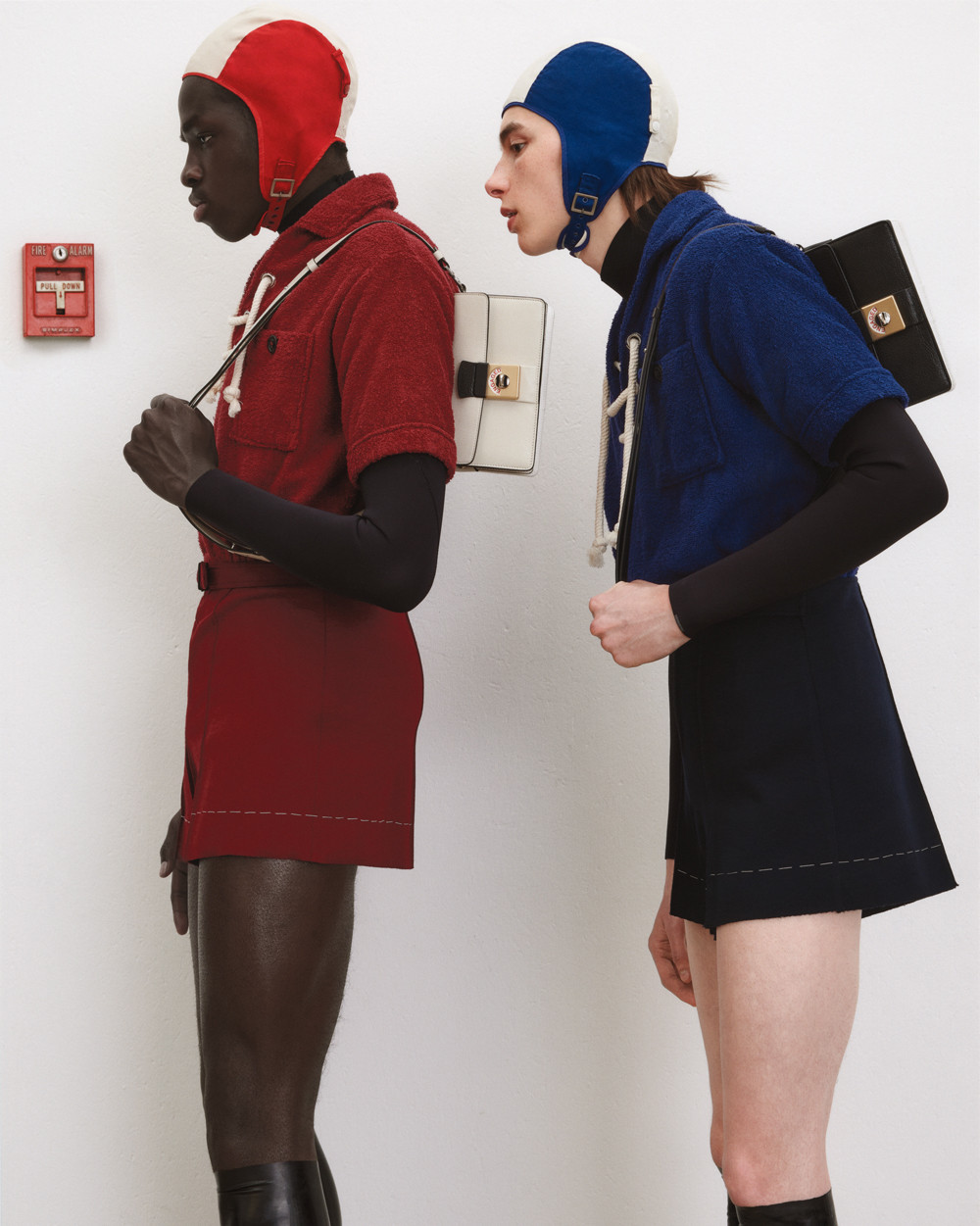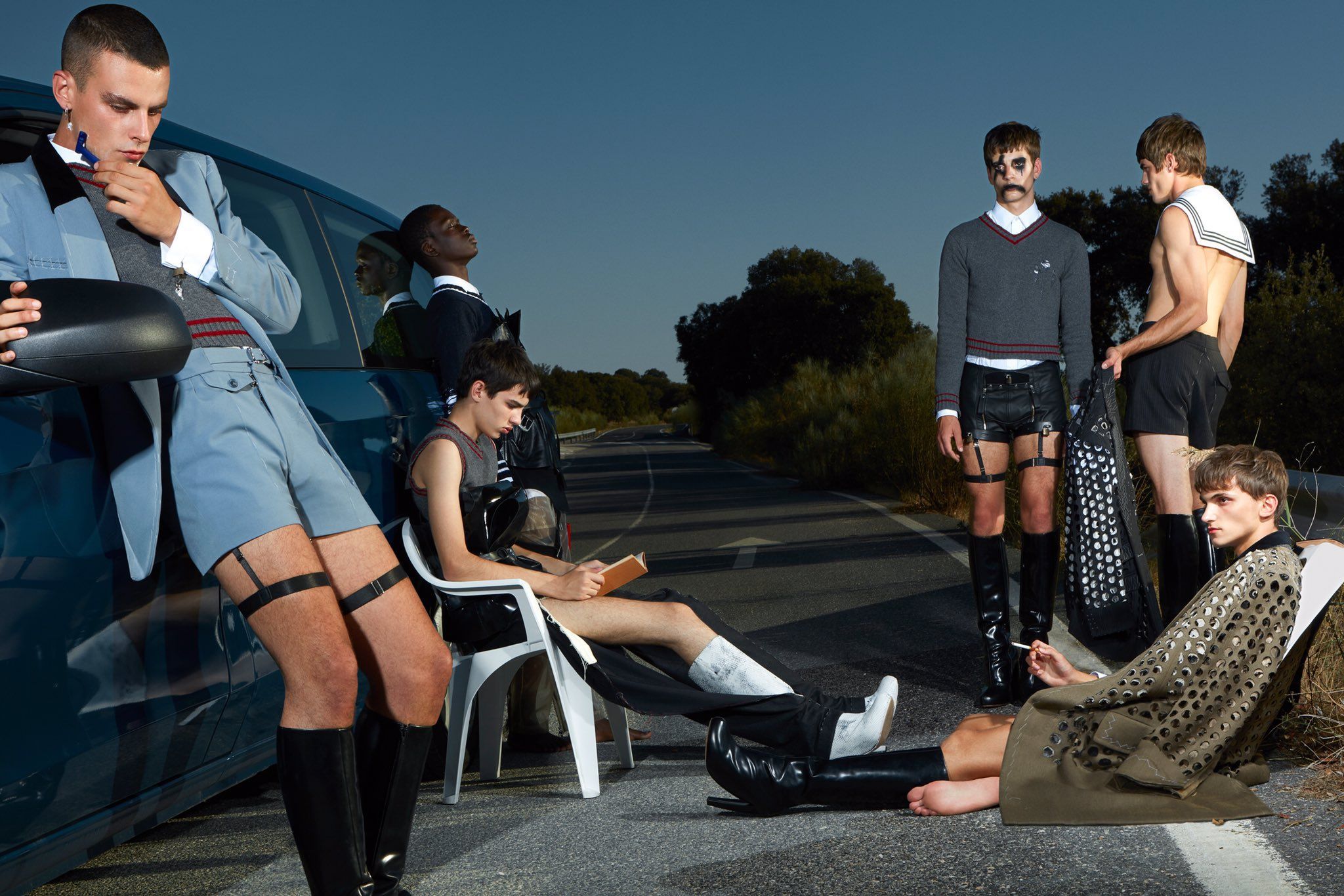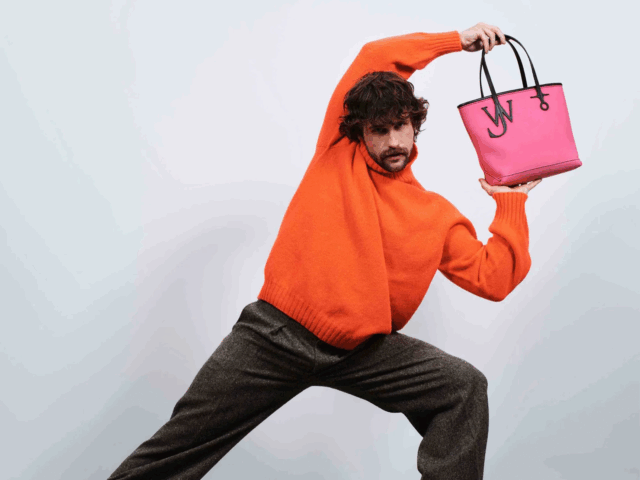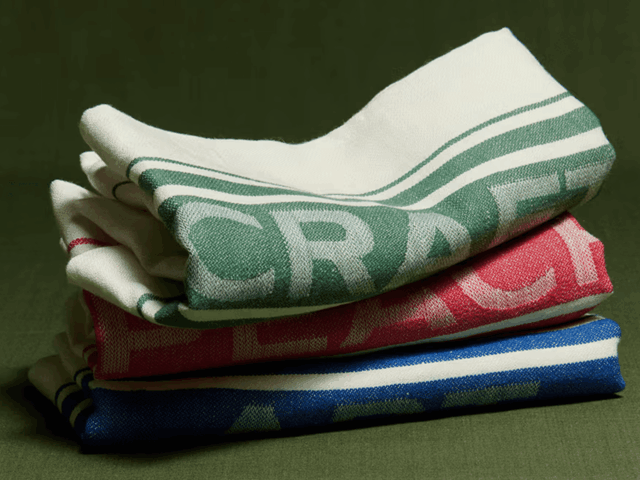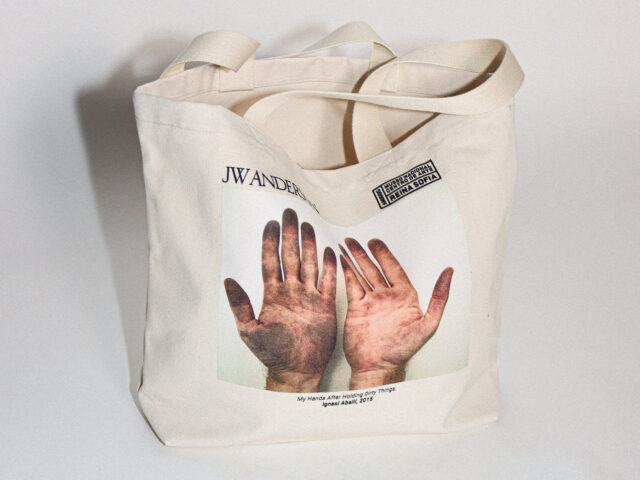Gender fluidity is a concept with which fashion has been experimenting for many years, as if it were a niche object of study. An idea or discourse that seems to have changed over the last five years, being claimed by the new generations that embrace the fluid aesthetic, and blur the boundaries between masculinity and femininity. Having arrived at this avant-garde thinking, brands and retailers are reflecting, now more than ever, this change of attitude by materializing it in designs and philosophies linked to genderless fashion.
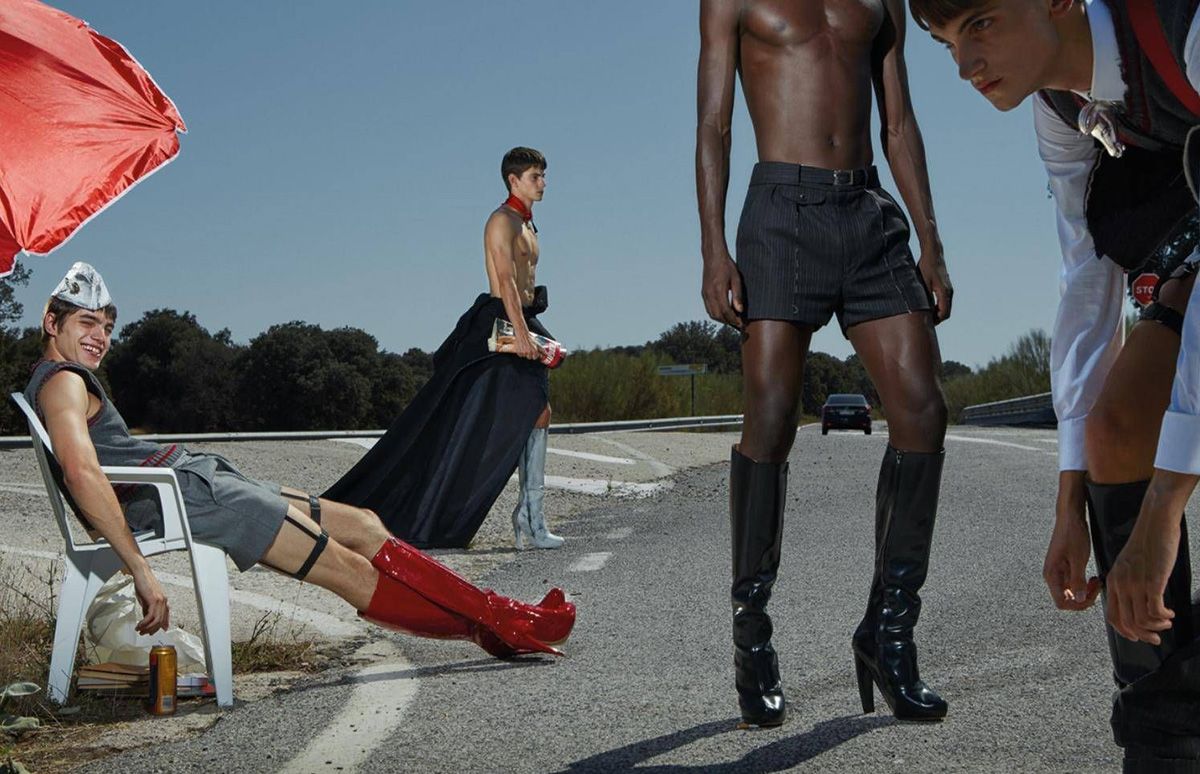
THE POWER OF YOUTH
Generation Z consumers, as agents of change and of this mindset essentially connected to the zeitgeist, are buying fashion that no longer strictly conforms to their gender identity. In doing so, they are driving an entire paradigm shift embraced and celebrated by the industry, which in turn is projected in the steady rise of online searches for “genderless” or “gender-neutral” fashion.
After all, industry leaders will have to adapt to the expectations of new consumers, who are opting for silhouettes, fabrics or colors that are already far from conforming to traditional dress codes and their reductionist approach. And the fact is that, although this conversation has been going on for a long time, it is only now that gender is finally being integrated into marketing practices, as well as entering the mainstream sphere. Because “gender neutrality is not a trend, it’s a reality,” as Jonathan Anderson said in 2021.

EXPLORING THE CULTURAL SHIFT TOWARDS GENDER FLUIDITY
Blurring the boundaries between masculinity and femininity in product collections also requires a practical update of the operating systems used in the fashion industry. It also requires the creation of a new aesthetic and visual language that involves (and deconstructs) everything from the fit, to the size, to the structure of a piece.
All of this shift towards gender-fluid fashion is due, in part, to the evolution of sociocultural attitudes towards gender in different regions, beyond generational change. In recent years, society in general has developed a greater acceptance and understanding of sexual orientations and gender identities.
According to a study conducted by Klarna, and picked up by BoF, “about 50% of Gen-Z globally have purchased fashion outside of their gender identity, and about 70% of consumers say they are interested in buying gender-fluid fashion in the future, with younger generations leading the way.”
It is precisely that shift in attitude and its influence on pop culture that has driven consumer demand for gender fluid, something that could be reflected in searches for terms such as “genderless” or “gender neutral,” which grew by 33% in Q1 2021 on Lyst‘s app.
ANDROGYNY AS A NEXUS
Androgyny is another intrinsic aspect in this transformation or revolution of fashion of the present and future. For many luxury brands or independent designers wrap and reinforce their discourses with androgynous models, while exploring gender expectations. Thus, they distort all those objects associated with femininity such as a handbag or heels into products for the new masculinities and/or for this deconstructed masculinity.
The fact of eliminating gender categories by brands, or not segmenting their clothing by gender become methods that offer shoppers the ability to navigate the gender categories they really want. Thus, with all that knowledge base and trends in the marketplace, companies or firms can integrate into their structures a series of fluid gender strategies with which to modernize their DNA, while evolving ideas around gender norms or canons now purged by expressions of freedom.
Sigue toda la información de HIGHXTAR desde Facebook, Twitter o Instagram
You may also like...

